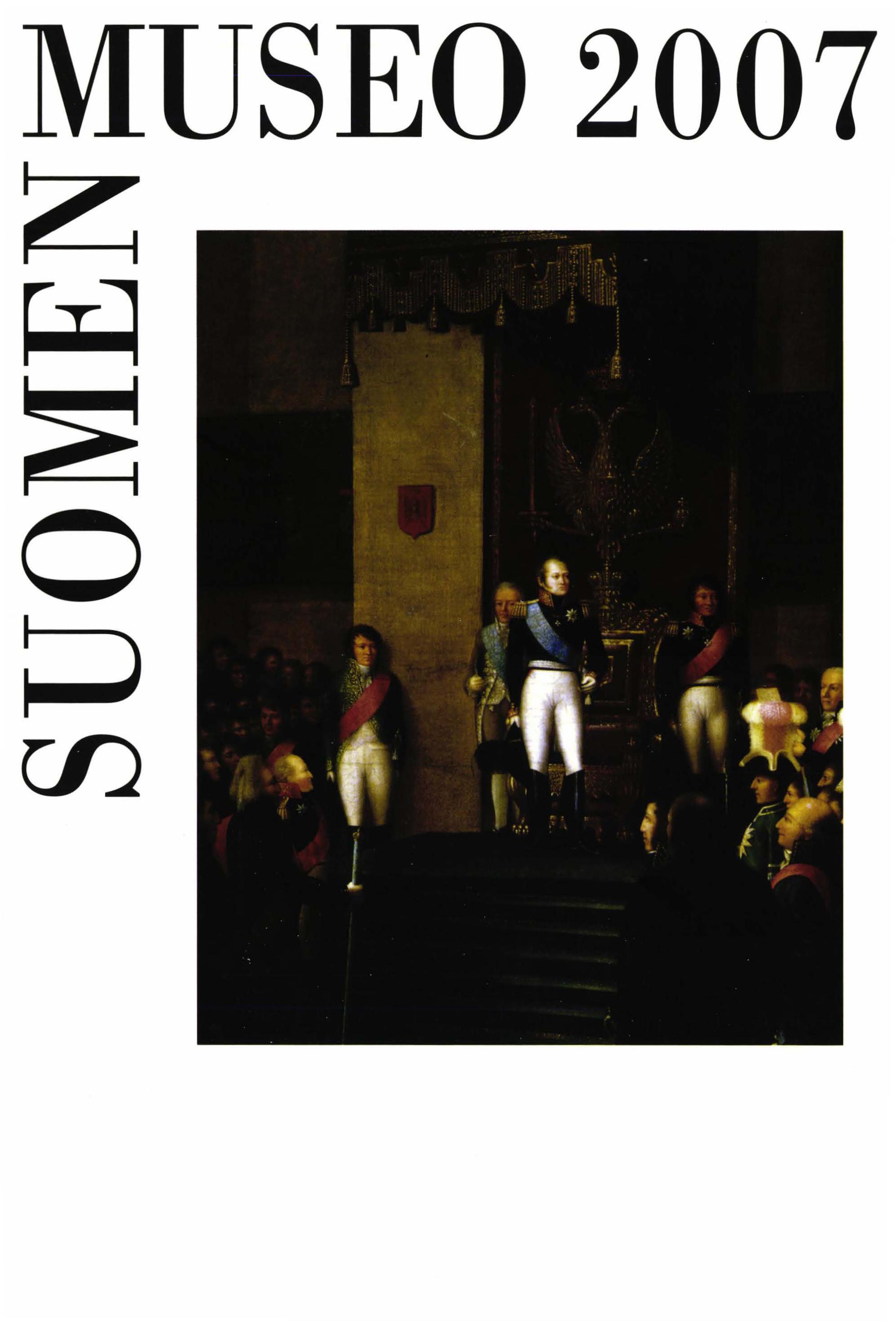Suomen arkeologiset tikarilöydöt 1200-luvulta 1500-luvulle
Abstrakti
Archaeological finds of daggers dating from the 13th century to the 16th century from Finland are discussed with emphasis on the description, dating and find contexts of these objects. Of a total of fifteen finds, the most common dagger types of the Middle Ages and the beginning of the Early Modern Period in Northern Europe occur. These are ballock daggers, rondel daggers and quillon daggers. Geographically, the finds are concentrated in South-West Finland, which was the most densely settled area of medieval Finland . Carrying a dagger with civilian dress came into fashion widely in 14th-century Europe, but the civilian use of daggers is not reflected well in the archaeological materials of Finnish towns. Instead, rural sites and castles predominate in this respect. These sites were connected to important water and land routes of tradesmen and the military. The military use of daggers is emphasized even more as it was noticed that some of the daggers were in terms of type primarily weapons for military use.

